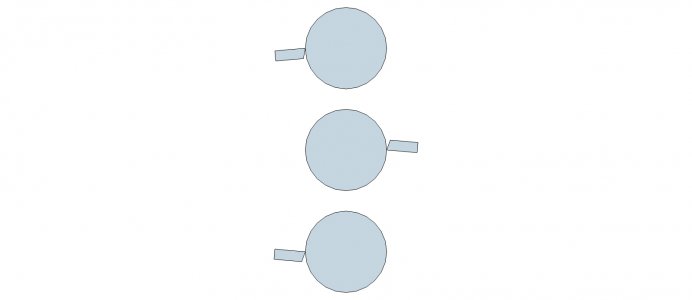In making a drawing for a backside parting tool holder I was thinking about why does parting from the backside seem to have less problems than parting from the front side. My craftsman parting tool holder presents the blade at a slight upward angle to the work. On the front side if the blade catches the blade is forced down and rotates into the work. On the backside the blade is again presented at a slight upward angle. If the blade catches the blade is forced up and rotates away from the work.
My thought is that why backside parting works better is all about the angle of the blade to the work and not about backside or front side. Why can't the backside geometry be used on the front side? The blade would be presented to the work at a slight downward angle. If the blade catches the blade is forced down and instead of rotating into the work the blade would rotate away from the work.

I can't be the first person to think of this. Has anybody tried this? Any reason why it wouldn't work?
My thought is that why backside parting works better is all about the angle of the blade to the work and not about backside or front side. Why can't the backside geometry be used on the front side? The blade would be presented to the work at a slight downward angle. If the blade catches the blade is forced down and instead of rotating into the work the blade would rotate away from the work.

I can't be the first person to think of this. Has anybody tried this? Any reason why it wouldn't work?
Last edited:

